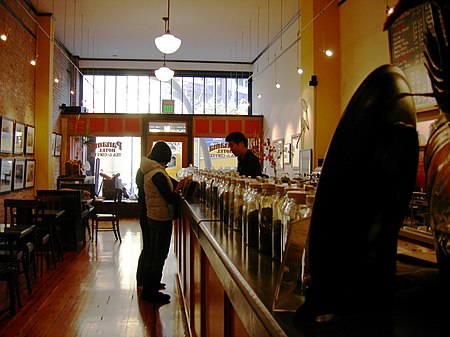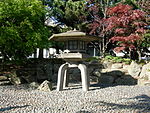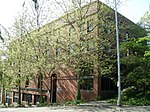Panama Hotel (Seattle)

The Panama Hotel in Seattle, Washington's International District was built in 1910. The hotel was built by the first Japanese-American architect in Seattle, Sabro Ozasa, and contains the last remaining Japanese bathhouse (sento) in the United States.The Panama Hotel was essential to the Japanese community, the building housed businesses, a bathhouse, sleeping quarters for residents and visitors, and restaurants. Since 1985 the Panama Hotel has been owned by Jan Johnson. Johnson, the third owner of the Panama Hotel has restored the building to emulate its previous condition before the internment of Japanese Americans from Seattle.Johnson has closed off the basement that holds the belongings of the Japanese families to the public, and has installed a glass panel in the floorboards for visitors to view the artifacts from above.The Panama Hotel is known for the rich Japanese American history before and during World War II. The hotel is known for housing the belongings of the Japanese families in Seattle once Executive Order 9066 was enacted and the detention of Japanese in internment camps. After the Japanese American internment, most of the Seattle-based families were not able to return due to death, financial constraints, and relocation; their belongings still reside in the basement of the hotel.It is also known as being the namesake of the novel Hotel on the Corner of Bitter and Sweet by Jamie Ford. The Panama Hotel was awarded the Japanese Foreign Minister’s Commendation for their contributions to promotion of mutual understanding between Japan and the United States on December 1, 2020.
Excerpt from the Wikipedia article Panama Hotel (Seattle) (License: CC BY-SA 3.0, Authors, Images).Panama Hotel (Seattle)
South Main Street, Seattle International District/Chinatown
Geographical coordinates (GPS) Address Nearby Places Show on map
Geographical coordinates (GPS)
| Latitude | Longitude |
|---|---|
| N 47.5999 ° | E -122.3259 ° |
Address
South Main Street 609
98104 Seattle, International District/Chinatown
Washington, United States
Open on Google Maps











